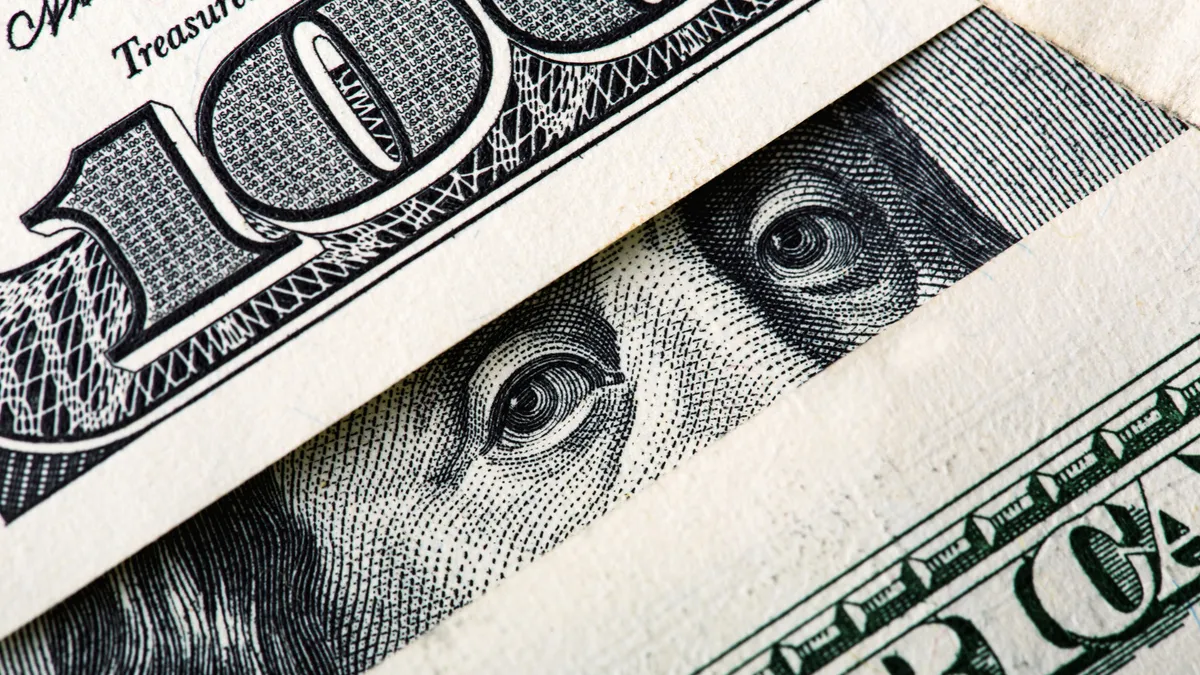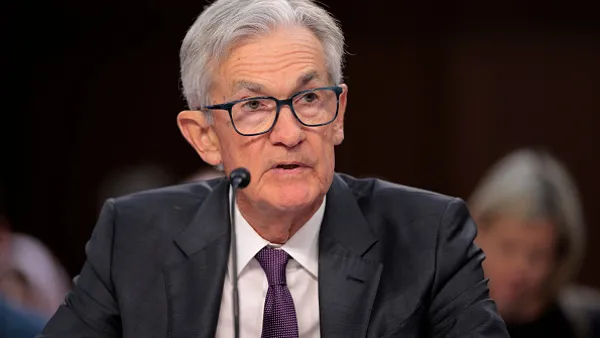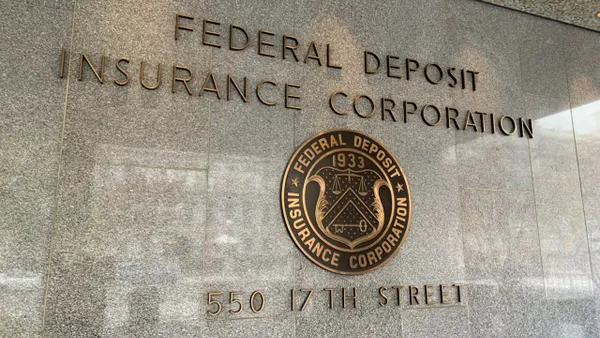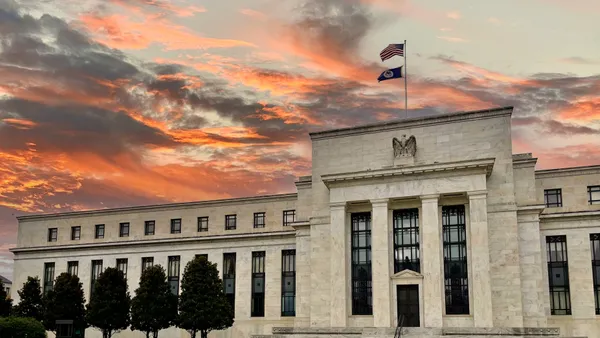Dive Brief:
- The Small Business Administration (SBA) is more than tripling — to $500,000 or 24 months' worth of economic injury — the cap on Economic Injury Disaster Loans (EIDL). The change applies to loans approved beginning the week of April 6, the agency said Wednesday.
- Borrowers who have already received loans but would qualify for more do not need to request an increase, the SBA said, adding it will email eligible borrowers directly with more details closer to the implementation date.
- The SBA in May 2020 limited EIDLs to $150,000 or six months' worth of economic injury — from an initial cap of $2 million — after overwhelming demand left officials concerned that approved funding for the program would run out quickly. James Rivera, the head of the SBA's Office of Disaster Assistance, told senators at a Wednesday hearing the agency has $270 billion left to lend through the EIDL program, The New York Times reported.
Dive Insight:
The boost in the maximum loan amount comes less than a month after the SBA deferred EIDL payments until 2022. Unlike the SBA's Paycheck Protection Program (PPP) loans, which can be forgiven, EIDLs must be repaid. However, interest rates are relatively low — 3.75% for businesses and 2.75% for nonprofits — and the 30-year payback term lengthy.
"The pandemic has lasted longer than expected," SBA Administrator Isabella Casillas Guzman said Wednesday in a press release. "Many have called on SBA to remove the $150,000 cap. We are here to help our small businesses."
The EIDL program has come under scrutiny over fraud concerns. The SBA's inspector general in July called for closer oversight, warning banks to investigate suspicious activity related to the coronavirus relief.
JPMorgan Chase said in September it fired several employees who improperly applied for and received EIDL funds after the bank noticed suspicious amounts of money had been deposited into checking accounts owned by bank employees.
Wells Fargo, the following month, said it fired between 100 and 125 employees who made false representations when applying for EIDL funding. Some created fake profiles to access the money, the bank said in a memo.
The SBA in December disclosed the names, addresses and precise loan amounts for each EIDL borrower after five media organizations sued the agency to release the information.
Bloomberg, one of the five plaintiffs, in August identified $1.3 billion in suspicious payments tied to the EIDL program because the number of grants in 52 congressional districts exceeded the number of eligible small businesses.
The SBA has approved $200 billion in EIDLs to 3.8 million borrowers since the program began last year, The New York Times reported.












